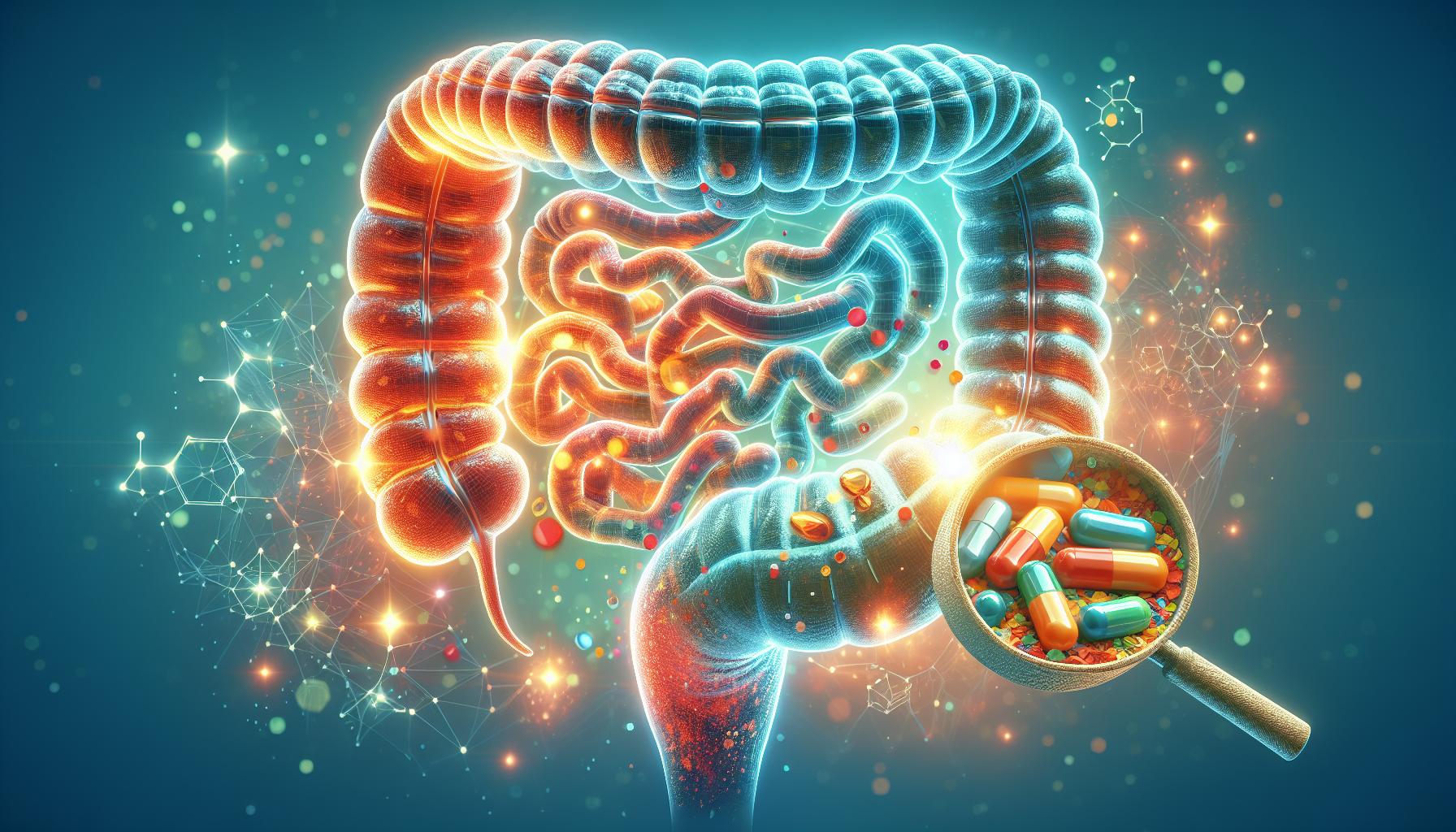
Unveiling the Magic of Digestive Enzymes
At the heart of our survival, we must unravel the question: Which of the following best describes the truth about digestive enzymes? These mighty microscopic molecules break down the food we consume into energy, giving us vitality to explore, dream, create, and live life to our fullest capacity. While this spark-note version does provide a sneak peek into their critical role, life’s orchestration of these enzymes encompasses a symphony of cellular actions, each playing a unique and vital role in keeping our bodies thriving. So, let’s delve into the world of digestive enzymes, understanding not just a pearl, but stringing together an entire necklace of information that will illuminate their importance in our daily lives.
Which Of The Following Is True About Digestive Enzymes?
Digestive enzymes are essential for breaking down key nutrients such as proteins, starches, and fats, with the pancreas being their primary producer. Certain medical conditions, including pancreatitis, pancreatic cancer, and cystic fibrosis, may cause deficiencies in these enzymes, leading to the need for prescription enzyme supplements. While numerous over-the-counter enzyme supplements are available, not all are effective. However, specific products like Lactaid for lactose intolerance and Beano for breaking down complex sugars in certain vegetables and grains are beneficial.
The Nature of Digestive Enzymes
Digestive enzymes are bio-catalysts, hard at work in our bodies, making sure the food we feed our bodies doesn’t just sit around but is instead transformed into energy. Let’s paint a clearer picture. Imagine you’re running a commercial kitchen—this is your body. The raw ingredients you have (the food you eat) can’t be used as they are. They need to be turned into meals that your customers (your body’s cells) can consume. To make sure this happens in efficient manner, you need top-notch chefs (digestive enzymes) running the show.
A Digestive Symphony
The digestive enzymes don’t perform a solo but are in fact an ensemble, each playing its own distinct note. There are three key enzyme groups at play: proteases, lipases, and amylases. Proteases slice and dice proteins into amino acids, lipases streamline fats into fatty acids and glycerol, while amylases alchemize starches into sugars.
Origins and Activation of Digestive Enzymes
Now, curiously enough, these powerhouse enzymes aren’t ready-made. Their origins are fascinating, as they come to life within our very bodies. They are manufactured and stored in specialized cells within the pancreas, to be summoned when duty calls—as soon as our body detects food. Their activation and mobilization is like efficient kitchen staff, always ready to respond when ingredients arrive.
Their Maturation
Interestingly, these enzymes don’t begin life in their active form. They start off as proenzymes, a masked superhero of sorts, lying in wait for the signal to spring into action. Upon receiving the cue—via presence of food—they transform, as if by a metabolic kiss, into the mature enzymes, ready to execute their vital tasks.
The Digestive Enzymes and Optimal Health
So, why do we care so much about these digestive enzymes? Because, they literally give us life! Remember, it is these diligent enzymes that convert food into usable energy, without which our muscles would neither move, our hearts beat, nor our brains function. We can therefore say that maintaining a healthy gut is not a matter of choice, but a prerequisite for optimal health.
Optimal Enzymes, Optimal Living
How then, do we ensure these enzymes are operating at their peak at all times? By feeding our bodies what they need to create them, namely, nutrient-rich foods. And also, watching out for factors that can decrease enzyme activity—such as excessive alcohol, processed foods, and certain medications.
Digestive Enzymes: An Elegant Elixir of Life
In conclusion, it’s crystal clear just how intricate and intelligent our body’s design truly is. From the unique choreography of our digestive enzymes onset, to the remarkable transformation in their function, it’s mind-boggling to ponder the microscopic marvels occurring within us every single moment of our lives.
Frequently Asked Questions
1. What foods are rich in digestive enzymes?
Fruits like pineapples, mangos, and bananas, as well as fermented foods like kimchi, miso, and kefir are all believed to be good sources.
2. Can I take digestive enzymes as a supplement?
Yes, digestive enzyme supplements are available, though consult with a healthcare provider before beginning any new dietary regimen.
3. How can I naturally increase my body’s production of digestive enzymes?
Consuming a healthy diet, drinking plenty of water, and maintaining regular sleep patterns can all potentially aid in this.
4. What is a digestive enzyme deficiency?
This can be a condition where the body does not produce enough digestive enzymes, potentially causing malnutrition and digestive issues.
5. How are digestive enzymes activated in the body?
They are activated upon consumption of food, which signifies to the body it’s time to break nutrients down into usable forms.

